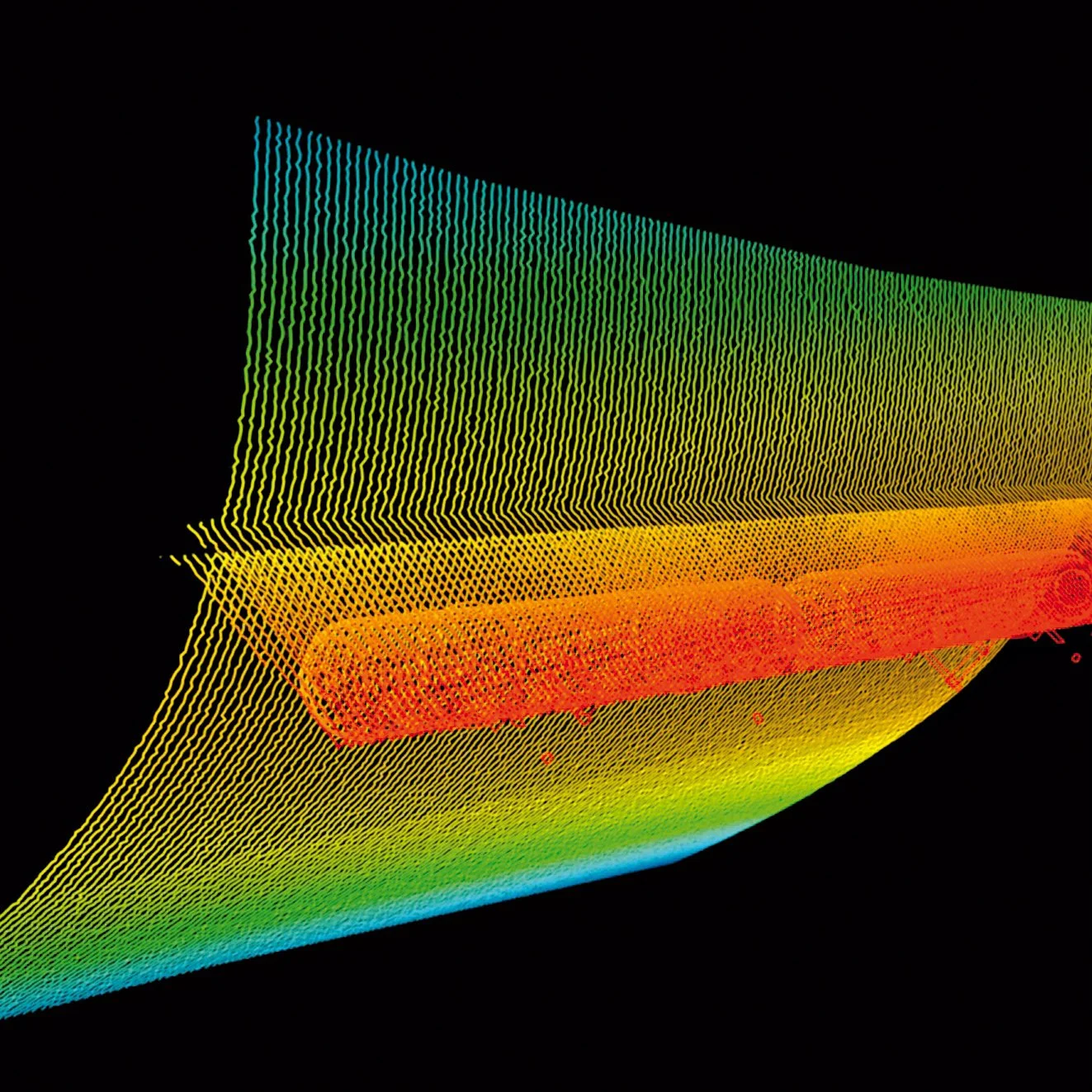🚀 Case Study 1:
Equipping subdron for a Successful Launch of v.dron
Client Profile
subdron is a deep-tech startup developing autonomous underwater systems for the inspection of submerged infrastructure. Their latest innovation, v.dron, is specifically designed for the inspection of ship hulls. By combining robotics, sensors, and advanced data analytics, v.dron enables efficient, scalable and high-precision subsea operations.
The Challenge
As subdron approached market readiness for v.dron, they had already built a highly mature technology, secured a Seal of Excellence from the European Commission, and gained early traction in the maritime sector. The next step was to ensure these achievements translated into commercial success by refining the product’s market positioning and focusing on the most promising early customer segments.
Who are our most valuable early customers?
What real-world problems do we solve best?
How do we create a compelling story that leads to adoption?
kawka3w
I was brought in to help subdron bridge the gap between technology development and market traction. Over the course of workshops and exercises, we tailored the Launch Readiness Framework specific to v.dron — covering everything from strategy and positioning to go-to-market planning and execution.
Our Approach
1. Strategic Foundation & Customer Insight
We began by defining v.dron’s role in the market:
Identified customer segments and their critical jobs-to-be-done
Mapped unmet needs within these segments
Developed a high-level opportunity landscape to focus product direction
Built clarity around subdron’s ideal customer profile
2. Product Positioning & Go-to-Market Design
Next, we aligned product and market through:
Clear articulation of v.dron’s Value Proposition
Competitive landscape analysis led us to v.dron’s Unique Selling Propositions (USPs)
Branding essentials, positioning, and messaging
Selection of an appropriate sales model based on unit economics
Design of the customer journey and sales funnel architecture
Development of a launch roadmap structured around actionable OKRs
3. Market-Feature Alignment
In the final phase, we connected the evolving product with market expectations:
Matched technology features to specific customer value
Prioritized feature messaging for go-to-market phases
Ensured consistent alignment between engineering and commercial goals
Results
By the end of the engagement, subdron had sharpened its commercial strategy by clearly defining the most relevant beachhead segments and aligning its messaging accordingly. Building on an already strong foundation, the team left with:
A focused go-to-market strategy anchored in early-market dynamics
A compelling and differentiated product narrative
A launch roadmap tied to measurable OKRs
Enhanced cross-functional alignment between product and business teams
Greater confidence in scaling v.dron with purpose and precision
Impact
“The most valuable takeaway for us was gaining clarity on where to focus first. We left the sessions with a sharper understanding of our beachhead markets and how to align our strategy and messaging accordingly. That clarity didn’t replace our existing momentum, it amplified it.”


